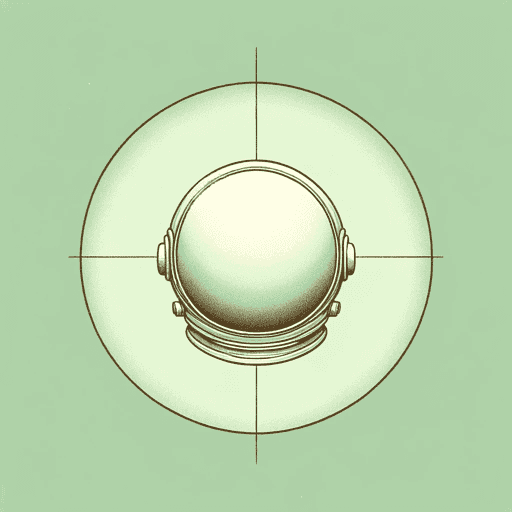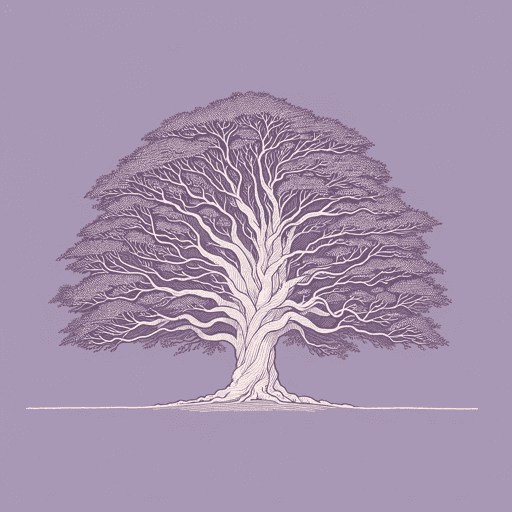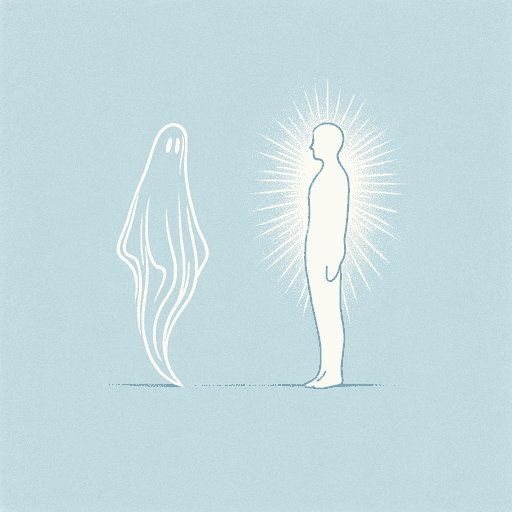31 pages • 1 hour read
The Problem of Pain
A modern alternative to SparkNotes and CliffsNotes, SuperSummary offers high-quality Study Guides with detailed chapter summaries and analysis of major themes, characters, and more.
Summary and Study Guide
Overview
The Problem of Pain by C. S. Lewis is a nonfiction theological work that explores why pain exists in a world presumably ruled by a just God. The book was Lewis’s first Christian work, published in 1940, and it was followed by two more widely read Christian works—A Case for Christianity in 1942 and Mere Christianity in 1943. It precedes the Chronicles of Narnia series, for which Lewis is best known, by a decade.
The Problem of Pain is available as a downloadable PDF from Samizdat University Press, Quebec (February, 2016); This is the version referred to in this guide. Page numbers refer to the pagination of the text.
Summary
As Lewis states in the Preface of The Problem of Pain, the work is an attempt to “solve the intellectual problem raised by suffering” (vi). In theological terms, this is called theodicy, the presence of evil and suffering in a world created by a benevolent God.
Attempts to reconcile God’s goodness with the evil and suffering in the world predate even the earliest Christian communities; indeed, much of the Old Testament deals directly with the Israelites’ desire to make the presence of both suffering and divine goodness make sense. After the crucifixion of Jesus Christ in the New Testament, this need only intensified, as the earliest followers of the heralded Messiah sought to understand how the Son of God could have fallen into the hands of vengeful men and been tortured and killed.
The theory of the Fall is a direct result of this need to reconcile God’s benevolence with the presence of earthly evil: In the creation story in Genesis, the first created man, Adam, exercises his free will to disobey God in the Garden of Eden. Because of this act of willful disobedience, Adam and his partner, Eve, are banished from Eden, and humankind is consigned to suffer forevermore as penance. It is against this backdrop that Lewis attempts to make sense of pain. In doing so, he examines the nature of God’s divine love, of man’s evil, of heaven and hell, our relationship to animals, and what role suffering plays in the lives of animals.
Ultimately, Lewis’s theory about pain boils down to this: we do have free will, and we often use our will to inflict pain on one another, but an omniscient and omnipotent God could stop us from doing this. Yet God does not, which suggests that pain has a purpose. Because our ultimate purpose, as God’s created beings, is to align ourselves with God in all ways (this alignment being our source of ultimate joy), that purpose, then, must be God-directed. Pain, then, must be God’s means of forming us into the people we were created to be. It is only by suffering that we develop empathy for the suffering of others, and it is only by suffering that we learn to become the best version of ourselves. Pain, Lewis argues, is evidence of God’s profound love for us.



Related Titles
By C. S. Lewis




















